HFML Nijmegen.
Published on Mar 2, 2018.
I studied IT and Mechanical Engineering at TU in Berlin, where I am originally from. Subsequently, I started working at the Helmholtz-Zentrum Berlin (HZB) in 2010, where I was in charge of the production and quality control of the hybrid-magnet project. Parts for this system were being designed, produced and assembled all over the world, in the USA, Switzerland and Italy. Eventually, the partially mounted system was transported to Berlin, where we finalized the hybrid magnet. When the hybrid-magnet project was finished, the HFML magnetdevelopment team visited us in Berlin and asked me to join their team. I knew that I would like to build a hybrid magnet again, so I was very happy with the offer and moved to Nijmegen with my family. Opposite to the situation in Berlin, there is a development unit with multiple engineers here at the HFML, which makes my job easier.
Since high-field magnets are pretty rare, you don’t gain any experience with them during engineering school. Actually, I only saw my first superconducting magnet – the one in Tallahassee – when I was already working in Berlin for one year! A few years later, I think I can say that I feel already pretty specialized in the engineering of hybrid systems.
My first major task at HFML was to test the current leads of the hybrid system. In the component testing phase, which ended in the autumn of 2016, we built various parts such as a superconducting jumper to interconnect the two current leads and set up a test cryostat.
Currently, my focus has gradually shifted to other elements of the system such as the superconducting bus between the current leads and the outsert magnet. The thing about hybrid magnets is that you don’t know whether the system works, until it works. Therefore, the most exciting moment in the upcoming years will be when we turn on the superconductor for the first time…


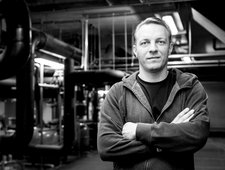
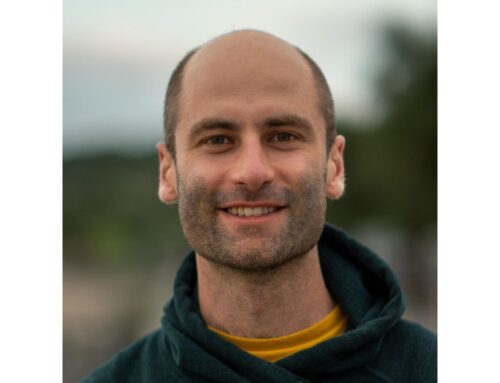
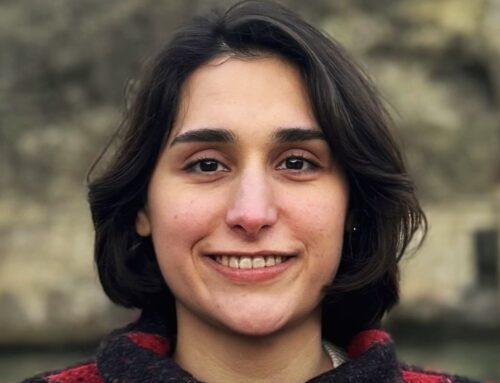

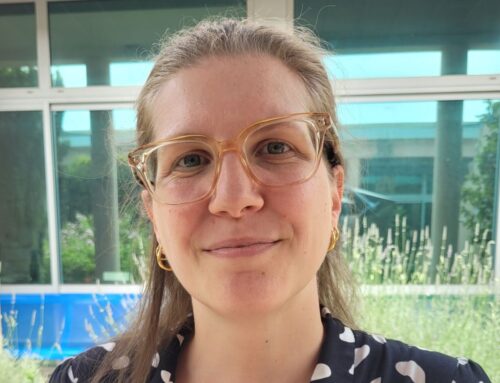
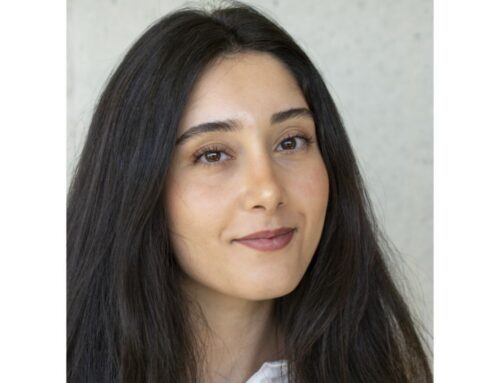
Leave A Comment
You must be logged in to post a comment.